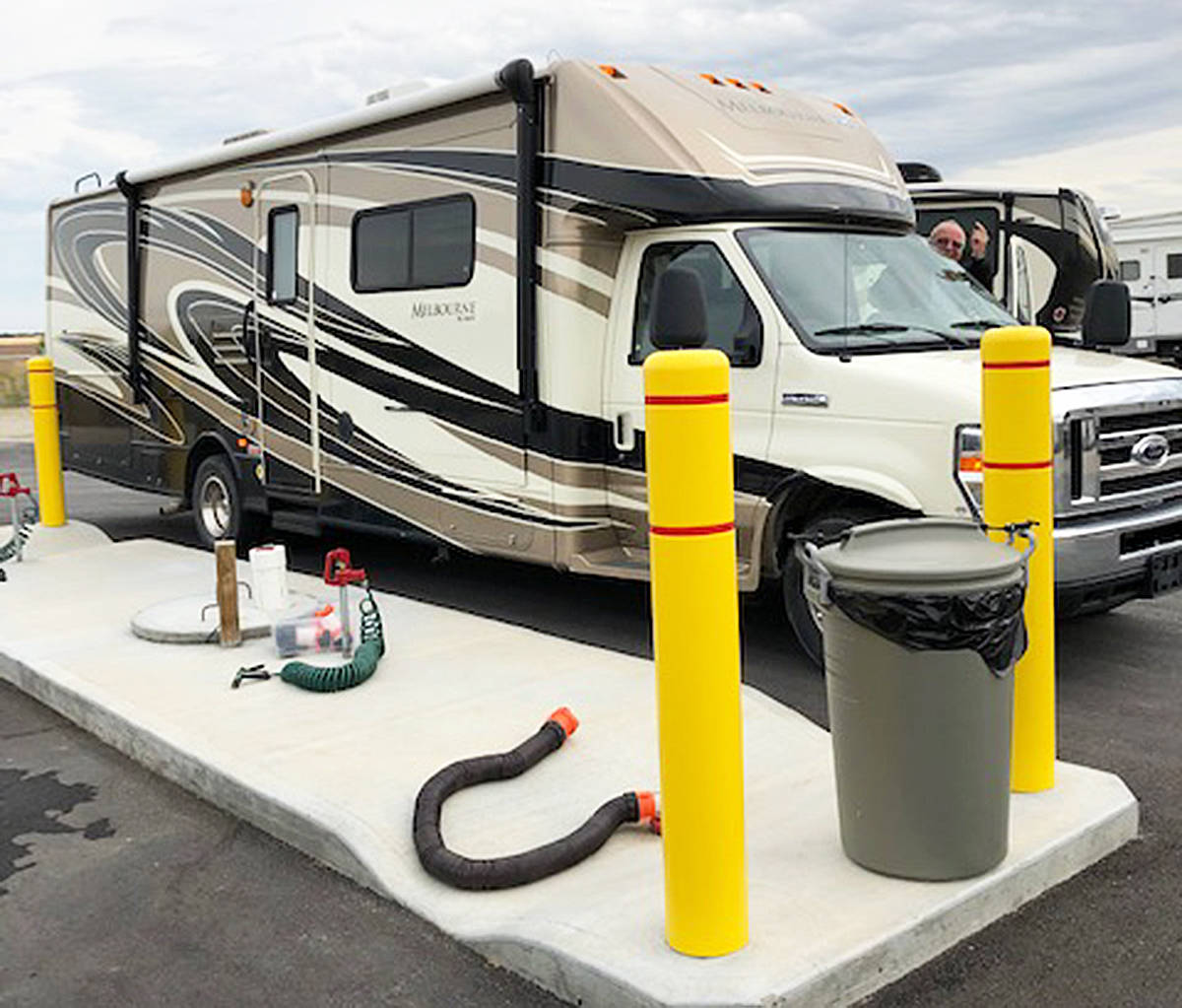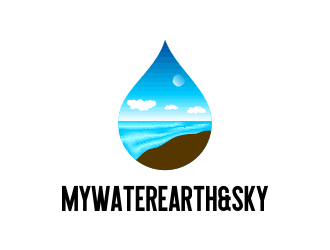RVs or Recreational Vehicles come in all shapes and sizes built with onboard bathrooms, showers, and drinking water stored in color-coded holding tanks. What’s a typical RV holding tank size?
- White Tanks-30/40 gals.-Contain Potable Drinking Water & Supply H2O
- Black Tanks-15/25 gals.-Wastewater containing harmful bacteria & disease-causing pathogens & therefore is difficult to clean for reuse.
- Grey Tanks- 30/32 considered Wastewater- contain everything else except fecal matter & Urine
To help you get started and through all this information here is a helpful guide to finding dump stations no matter where you are. Simply click on the state below you are currently to view all the available RV Dump Stations in that state. Whatever state you are in and in any part of the country there is a place empty out. Just look up your address and where you are by the state and the zip code and get the closest one around.
White Water RV Tank
White Water tanks are food-grade tanks capable of storing fresh drinking water yet are strong enough to be used as septic, greywater, or blackwater tanks if needed. Custom fittings can be installed according to your specifications or you can select our standard fitting package as well. The standard color of freshwater tanks is translucent white.
One of the great perks of having a Camper or RV is there is fresh water for showers and tanks for using the bathroom and shower when everyone has to go for a walk in the middle of the night or stand in line hoping the shower is still hot after everyone else gets theirs done. They Hold about 40 gallons.
White water also called Fresh or Potable RV Water Tanks are used for showers, drinking cooking, and cleaning. The RV Portable Tanks are filled with a special Food Grade Garden type hose that is colored, White. That way they can’t be used for anything else while you are camping. This is important because of the dangers of cross-contamination. It’s imperative that the different tanks that are used with the RV are completely separated from each other and color-coded hoses help with that,
The Freshwater Tank still needs to be cleaned now and again to keep the water inside from stagnating. Just like a well, a Water Tank can be subjected to the elements like heat and outside cold temperatures.
Many kinds of RVs are equipped with enclosed and insulated waste and water tanks, some even have heat from the furnace plumbed directly into the space occupied by the tanks. These RVs are suitable for year-round use. Those with exposed tanks can’t handle being used in freezing temperatures. Just another consideration to keep in mind and look for when you’re picking your next RV out.
As for your freshwater tank, you simply fill it from the city water source at its inlet — though it’s a good idea to use a potable water hose specifically made for this purpose, as it won’t impart any funky smells or tastes to your water.
If the White Potable Water tank begins to smell, it may be contaminated. Use household bleach to clean the tank.
- Pour ¼ cup of bleach for every 15 gallons of water in your tank.
- Run the water until you smell bleach.
- Continue to run until all the bleached water is out.
- Let your tank sit for 24 hours.
- Refill your tank and run the water until the bleach smell is gone.
- Use it as normal.
Another good idea is to use a Water Filter below on top of your countertop to ensure that you won’t have any trouble sanitizing your drinking water. You won’t have to pick one side or the other (the hot or cold side in the sink) Use a quality Carbon Block Filter made for camping in your RV. 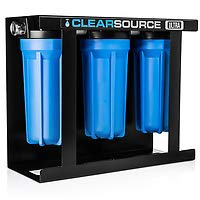 Clearsource Premium RV Water Filter System–5 micron 2.5 x 10-inch first stage filter removes sediments. .5 micron 2.5 x 10-inch
Clearsource Premium RV Water Filter System–5 micron 2.5 x 10-inch first stage filter removes sediments. .5 micron 2.5 x 10-inch
The second stage filter removes chlorine, volatile or volatile organic compounds, cysts, giardia, and other contaminants. AWARD-WINNING. Featured In 2018 TrailerLife Magazine’s “Essential Equipment For RV Camping” Gear Guide, and extensively reviewed in January 2019 MotorHome Magazine This is one of the Best!
RV Black Water Tank
 All self-contained RVs have Fresh Water, Gray Water, and a Black Water Tank. Black Water contains human waste and is unsafe. It must be stored in its tank and disposed of very carefully. A typical RV holding tank size is pretty big. For instance, even a smaller travel trailer may have a black water tank of 15 or so gallons and a gray water tank of 32 gallons. Larger RVs will have larger holding tanks, and so on. The Dealer will fill you in on how exactly the system works for your vehicle.
All self-contained RVs have Fresh Water, Gray Water, and a Black Water Tank. Black Water contains human waste and is unsafe. It must be stored in its tank and disposed of very carefully. A typical RV holding tank size is pretty big. For instance, even a smaller travel trailer may have a black water tank of 15 or so gallons and a gray water tank of 32 gallons. Larger RVs will have larger holding tanks, and so on. The Dealer will fill you in on how exactly the system works for your vehicle.
Some of the newer RV models come with sensors that will let you know depending on where you set the alarm how full the tanks are. Each requires certain maintenance techniques to last well; for example, you need to use special chemicals in your Black Water RV Tank about 25 gallons, to help break down the solid waste and keep your RV toilet odor-free.
Most RV Dealers recommend that you empty your Black Tank at around 2/3 full. A fuller tank can give the RV owner a few advantages, like in the wintertime an emptier Black is more abt to freeze faster than a fuller. To dump your tanks, you’ll head outside of your RV to the section along with the sideboard where the waste tank valves are located.
- You’ll see that there are two valves, one for gray water and one for black.
- Connect an RV Sewer Hose to your wastewater outlet, ensuring a nice, snug fit on both ends
- The other end should feed directly into an RV dump site connected to the city sewer.
- You may want someone to place their foot, or a brick, onto the end connected to the city sewer, just to ensure it doesn’t come loose and cause a decidedly unpleasant mess. I hear that this happens occasionally!
- Once both ends of your hose are tightly connected, you can open the black tank valve. Always dump your black tank first; that way, the gray tank can wash out your hose with its relatively clean water thereafter.
- Once you hear the black tank’s flow trickle to a stop, you can then release the gray valve.
- When the tanks are fully empty, close both valves, even if you’re connected to the sewer at your campsite. Leaving the valves open will cause a clog!
- Grey Tanks are usually recommended to be cleaned after the Black Tanks and done regularly.
How to Unclog an RV Toilet Holding Tank
- You can try using hot boiling water and drive around that will loosen up the
- Renting a tool called a Valterra Master Blaster Tank Wand. This wand includes a power nozzle that connects to your faucet with a flexible hose. Insert the wand into the toilet bowl and down toward the tank for a high-pressure spray that will break up the clog. (Not everyone I talked to recommended the Tank Wand procedure)
- There are a few safe de-clogging chemicals that are on the market today. Thetford Aqua-KEM RV Holding Tank Treatment – Deodorant/Waste Digester/Detergent – 1 Gallon – 28614 (2 Pack)
Thetford tissue digester eats tissue clogs in your tank and within your line.
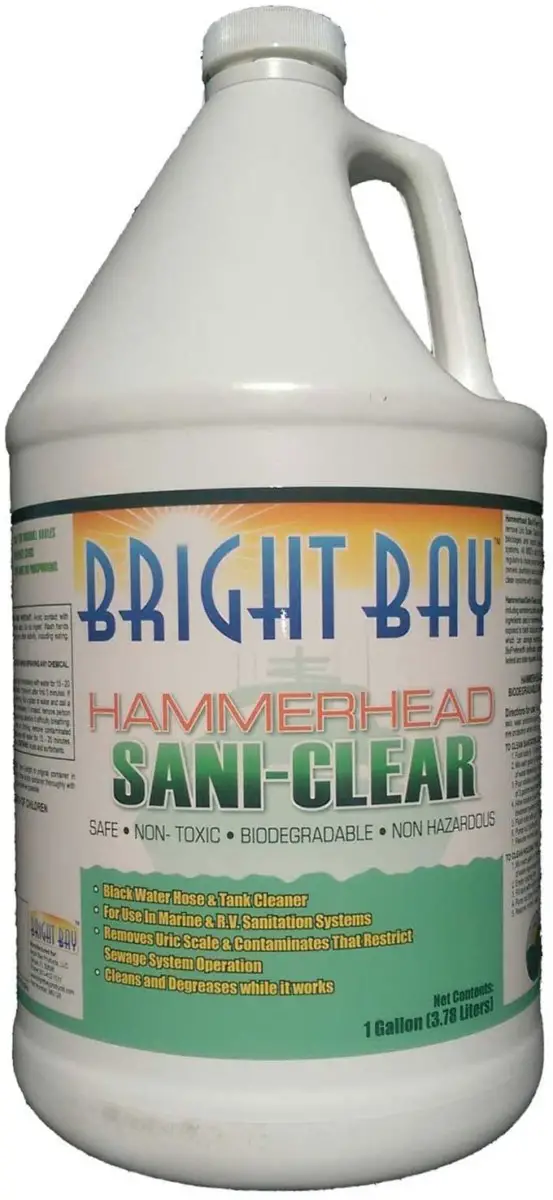 You can use almost any chemical on the market as long as it is septic-safe. The best way to apply the chemical to the tank is to fill the toilet half full of water. Add the chemicals and let it sit in the toilet. Flush the toilet after a few hours. Let it sit in the tank. Drive around to mix it up
You can use almost any chemical on the market as long as it is septic-safe. The best way to apply the chemical to the tank is to fill the toilet half full of water. Add the chemicals and let it sit in the toilet. Flush the toilet after a few hours. Let it sit in the tank. Drive around to mix it up
- Another home remedy to many avid RVrs swear by is the ice cube method. How to unclog an RV toilet with the ice cube method: Fill the toilet basin to 1/3 full of water. Add ice and fill the rest of the toilet. Flush the ice down the toilet and drive around. Keep flushing with lots of water.
- By-Pass the whole system if you intend to spend a season in one place like a Campsite for the winter.
- A big cure for Tanks and Cesspools that use Biomaterial that will clean any type of organics and even grease and prevent clogging up pipes in RVs.
- Use RV toilet paper or try some cheaper brands using this test to see what paper breaks down faster than the others
Hammerhead MS005, Sani-Clear, 5 Gallon Pail 1/Case
Gray Water RV Tank
Both Gray Water and Black Water RV Tanks are considered Wastewater Tanks but Gray Water has not come in contact with fecal matter or urine. Blackwater comes from the toilet and is considered sewage water. Other types of black water include water from the kitchen sink or dishwasher since the water comes into contact with food that could contaminate the water.
Blackwater contains harmful bacteria and disease-causing pathogens. Blackwater runs from your home straight to the sewer.
Your RV has two types of waste management tanks: a black and a gray water tank. The waste materials from the RV toilet go to the black tank while the gray one collects water used in the RV shower and sinks. Both tanks drain into the same outlet but use different valves.
Some RVs have one large tank for both waste types, but most units use separate tanks. An RV black water tank is supposed to contain toilet waste until you hook it to a sewer hose stored in the rear bumper of the vehicle.
The Gray Tank is the simplest of the various holding tanks in an RV. Gray Water is the waste from taking showers, washing dishes, and other sink water. If you have a washing machine, its water would also go to the Gray Tank. They’re easy to clean (Dawn Dishwashing Liquid or a professional scented Cleaner)
The Gray Tank is generally smaller around 38 gallons than the Fresh Water tank, which is important to remember when you are Boondocking and that is what RVers call free camping with no hookups. Greywater is all the water used in your RV, except what goes to flush the toilet. That water is called black water. The water used for everything else, showering, cooking, washing dishes, and all other water-related activities — goes into the grey water tank. Both grey and black water tanks drain into the same outlet but have different valves.
Some RVs are being built with a combination of black and grey water tanks. This makes the plumbing costs of manufacturers go down. This combined tank needs to be very large, which may be a problem in a vehicle, so separate tanks are most common.
The new Composting Toilets equipped in late model RVs are making the process of going #1 & #2 easier with a much talked about sustainable medium that is better than Peat and is easier on the environment. Read our article on mywaterearth&sky called What’s the best medium for using in an RV Compost Toilet?
How To Dump The Waste From My Black and Gray RV Tanks
To empty your holding tanks:
- Always empty the black water 1st.
- Wear rubber gloves at the least. You will not get splashed if you are very careful.
- Remove the cap that covers the holding tank outlets, then connect your sewer hose.
- Put your sewer discharge hose in the dump hole, at least six inches deep.
- Secure it in place with something heavy like a brick. Or the cover of the dumping station to secure the hose firmly.
- You can now open the black water valve. When the tank is empty, open the grey water tank valve.
- Flush your tanks by refilling them, and draining them again.
- Close your valves, and disconnect the hose from the outlet.
- Lift the sewer hose from the end of the RV to the dump hole, to get rid of any remaining water in the hose.
- Run water in it, if available, to rinse it thoroughly.
- Disconnect the hose from the hole, and rinse the area around it, in case some spillage happens. Cover the hole.
- Store your sewer hose.
- Add RV water tank treatment to your tanks, and you are done emptying your holding tanks.
Nearest RV Dump Station
The RV Dump Stations across the US, offer an easy and convenient way to get rid of waste while on the open road. It will make everything a little easier especially if you’re a novice RV’er. You can pull in, connect a hose, and empty your tank in a relatively short time.
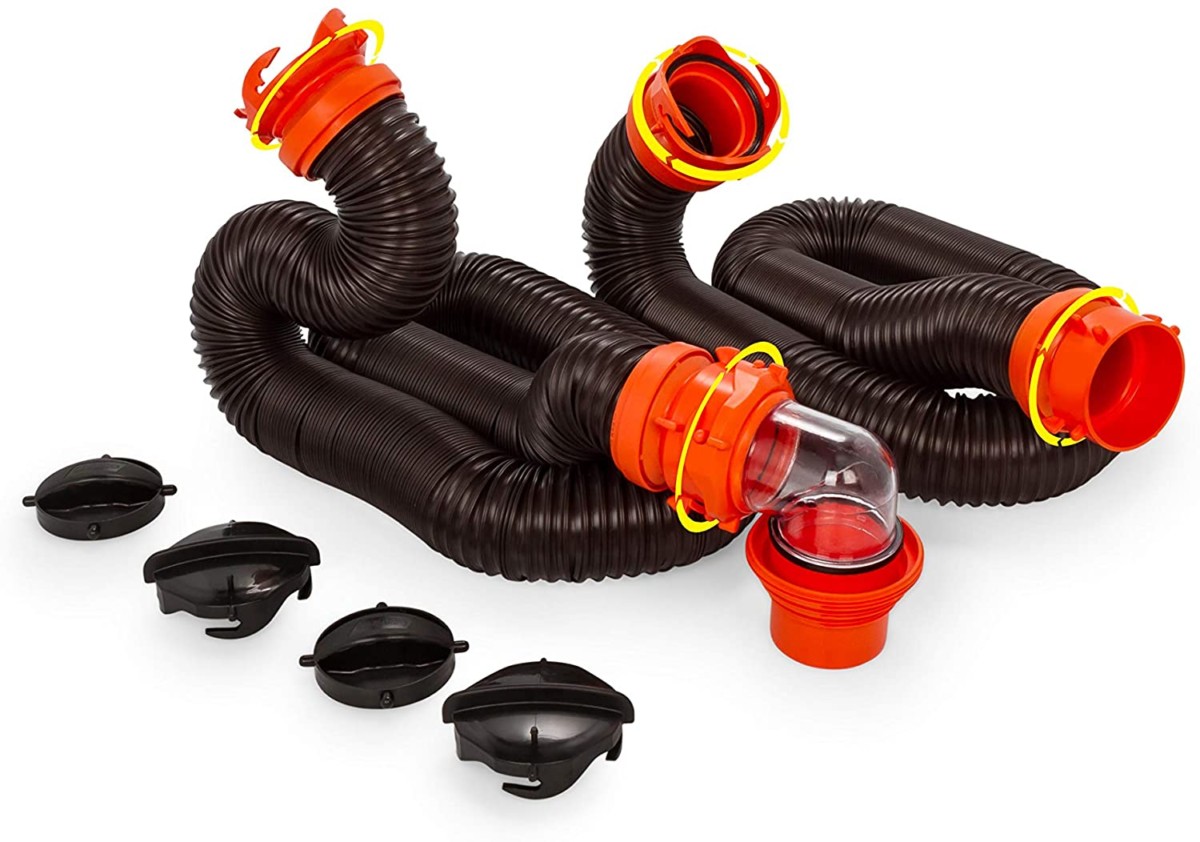 RV share makes it easy to find an RV rental that has the necessary waste tanks and disposal options to meet your requirements. Once you get on the road, you’ll periodically need to find information on the closest RV dump station. This includes knowing the hours of operation at each station and how much they charge.
RV share makes it easy to find an RV rental that has the necessary waste tanks and disposal options to meet your requirements. Once you get on the road, you’ll periodically need to find information on the closest RV dump station. This includes knowing the hours of operation at each station and how much they charge.
To help you get all this info, we’ve provided this helpful guide to dump stations. Simply click on the state below you are currently to view all the available RV Dump Stations in that state. Whatever state you are in and in any part of the country there is a place empty out. Just look up your address and where you are by the state and the zip code and get the closest one around.
There’s also a freshwater holding tank that allows you to take advantage of the fresh clean water even if you aren’t able to connect to a city system. All three of your holding tanks need specific types of care and maintenance to ensure they enjoy a long life full of many happy, mess-free camping trips.
If you are new to all this and wonder how you know when the tanks are starting to fill you can have it done here at one of these facilities. Some of these RV tanks have individual monitors that relay that specific information. The tank monitors need to be kept as clean as possible to function properly.
Wait to dump the tanks until the Black or Grey Tank is 2/3 or higher full this will keep a higher head pressure and make it easier and faster to clean the hoses and the tanks at a faster rate. When you’re finished dumping them fill them back up around 2/3 full with soapy water then empty them again. exposing the monitor inside and rinsing them out.
Safe traveling this summer!

